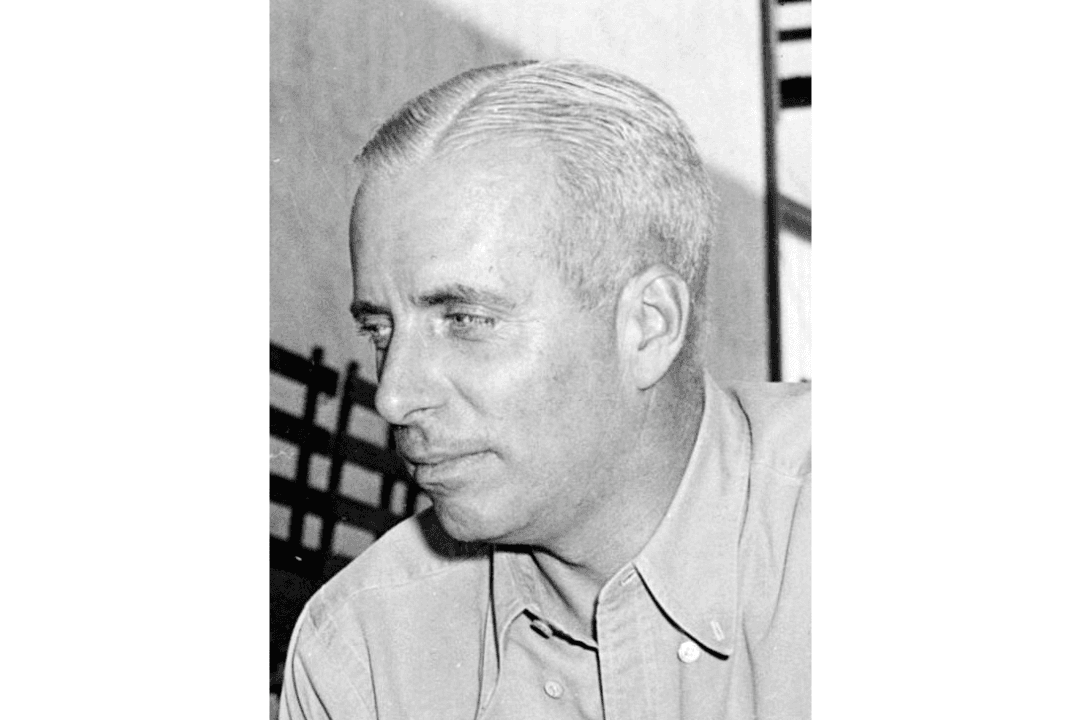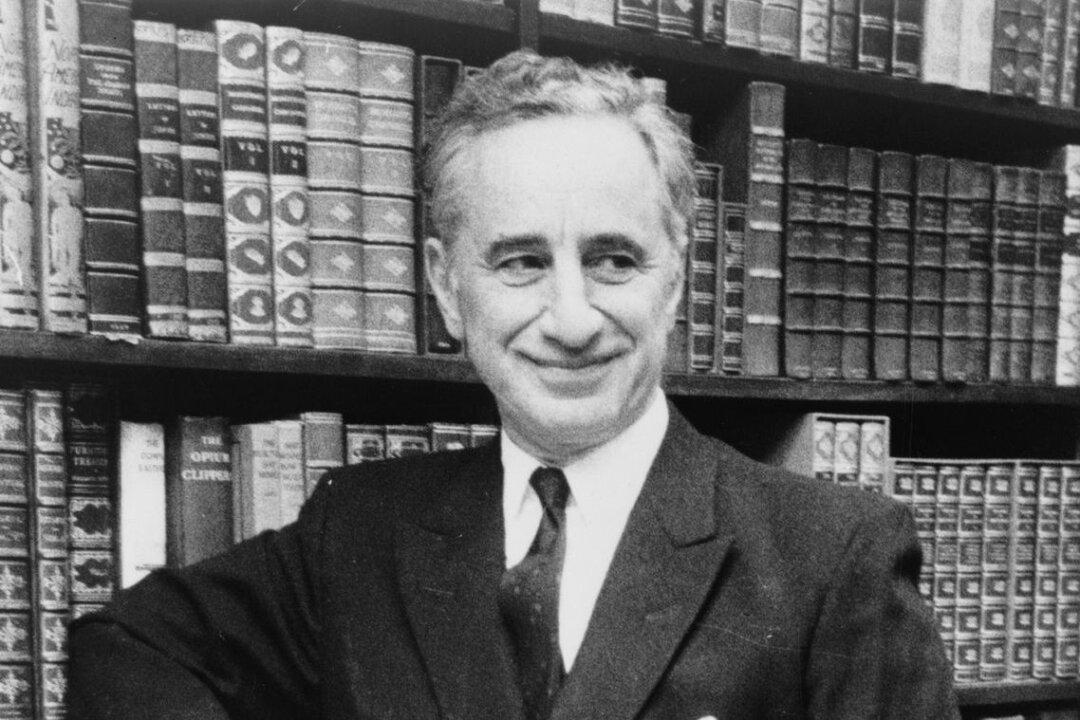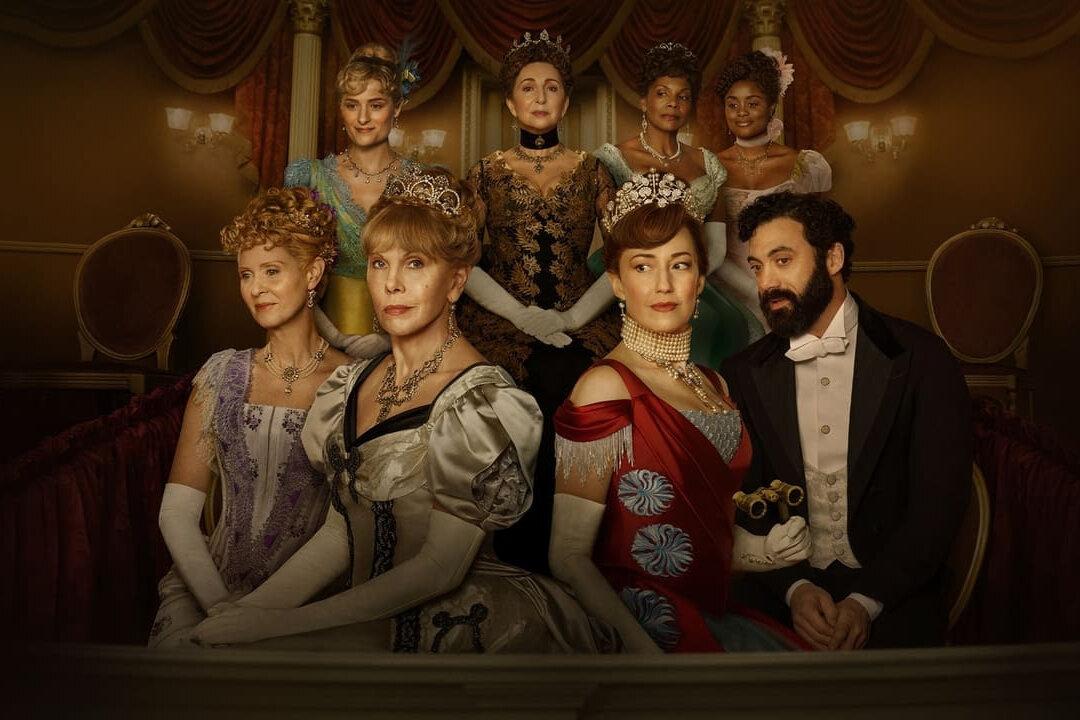PG | 1h 45min | Drama, Musical | Dec. 20, 2017 (USA)
A new musical that celebrates marriage, family, and the American Dream. Impossible, right?
“The Greatest Showman” (2017) isn’t quite new, but it’s the best movie musical to appear in many years. It’s based on the life of visionary showman P.T. Barnum (1810–1891), whose Barnum & Bailey Circus, founded in 1871, only folded its tent for good five years ago.

The film begins in shadows, with Barnum (Hugh Jackman) murmuring over a heavy beat. Suddenly the scene explodes into color, light, song, and dance: his circus at its peak.
We flash back to his childhood as a penniless orphan, hungry and desperate. A ray of hope appears when a beggar woman with a severely deformed face offers him an apple. The encounter will teach him to empathize with misfits, to see the lonely souls in need of love beneath their disfigurement.
Singing the Song of Love
“A Million Dreams” is the enchanting song that bridges these early years, sung first by the children, then by grown-up Barnum and Charity (Michelle Williams), as they reunite and marry, ending with their gently laying their hands on her baby bump, the first of many moments in the film that touch the heart.
A few years later, the couple has two little girls. In his drive to give his family “the life I promised you,” Barnum opens a low-rent wax museum, with taxidermy on the side, but it flops and he’s broke again.
One night, as he sadly tucks his daughters into bed, one pipes up: “You have too many dead things in your museum, Daddy. You need something alive.” Galvanized by the girl’s words, remembering the kindly beggar woman, Barnum advertises for “unique persons.” Soon he’s assembled and rescued from abuse a troupe of “oddities” including a bearded lady, the original Siamese Twins, and a little person he dubs Tom Thumb.
Barnum isn’t above sensationalizing his show, now called a circus, with hype and even outright hoaxes. Real or fake, the attractions thrill the public. In his new affluence, Barnum surprises his wife by buying and restoring the dilapidated mansion they played in as children.
Success, money, fame—Barnum seems to have it all, but in the eyes of the “carriage trade” he’s still a vulgar huckster. When his daughter is insulted and ostracized by her schoolmates, he resolves to class up his circus by any means necessary.
The means turn out to be partnering with a young aristocrat, Phillip Carlyle (Zac Efron), and promoting the beautiful singer Jenny Lind (Rebecca Ferguson). Barnum’s oddities become like a family. They meet Queen Victoria, fend off attacks by ruffians and a snooty critic, and restore his spirit when he loses everything in an arson fire. In a sweet subplot, Phillip defies his parents’ disapproval to pursue a romance with the show’s young trapeze artist, Anne, played by Zendaya (“Spider-Man”).
Behind the Scenes
Hugh Jackman is best-known as Wolverine in the X-Men franchise, but he’s also our era’s best song-and-dance man. The film is a wonderful vehicle for his talents, and for Williams, a major star who took this supporting role because she wanted to sing on screen, which she does charmingly. Zac Efron has come a long way from his “High School Musical” days. His dancing and duets with Jackman and Zendaya are major highlights.
Rebecca Ferguson’s regal beauty and poise as Jenny Lind tempt Barnum to stray, but he resists the temptation. The real Lind was an opera singer. In keeping with the movie’s contemporary slant, her big song “Never Enough” is a Celine Dion-type power ballad. Ferguson performs it so exquisitely, you’d never guess she’s actually lip-syncing to a splendid vocal by Loren Allred from “The Voice.”
The appealing tunes by Benj Pasek and Justin Paul (“A Christmas Story,” “La La Land”) are probably the first musical theater songs since “Les Miserables” 35 years ago to become popular outside of the show they were written for. The vocally challenging “Never Enough” is now a favorite audition song, with hundreds of cover versions posted on YouTube, and the Bearded Lady’s “This Is Me,” knocked out of the park in the movie by Keala Settle, is a popular anthem at karaoke bars around the world.
Director Michael Gracey and his production team tread a fine line between 19th-century period detail and high-tech razzle-dazzle, just as the songs blend traditional musical theater with contemporary pop, Rhythm and Blues, and even a bit of hip-hop.
The magical look of the film, mixing realism with colorful surrealism (achieved with innovative effects like 3-D-printed model sets) may remind you of Baz Luhrmann (“Moulin Rouge,” “Elvis,”), but this extravaganza has what Luhrmann’s often lack: heartfelt emotion.
Gracey delights the eye and the ear with scenes like “Rewrite the Stars,” a love duet where Anne and Phillip fly up and down on aerialist ropes like beautiful birds taking flight. Beauty, considered bourgeois and old-fashioned by some in Hollywood, abounds in this movie. Everything in it is unabashedly beautiful.
Some critics grimaced at the film’s idealized portrait of Barnum, feeling he should have been vilified for exploiting the disabled and abusing animals in his circus. There’s some basis for these charges, but Hollywood has always idealized its biographical subjects, as in “Braveheart” or “Chaplin.” Gracey says of Barnum’s oddities: “He turned them into stars, but more importantly, he made them feel love for the first time.”

What’s wrong with giving us a real hero for once, someone to look up to and admire? I guess a movie that glorifies decency, ambition, and traditional values was bound to please ticket buyers more than reviewers.
Thankfully, audiences ignored the critics. The film became a worldwide hit and its soundtrack was the top-selling album of 2018. “The Greatest Showman” is a film for all ages. Adults will enjoy the heartwarming, inspirational story while even the most jaded teenagers will like the young stars, contemporary song styles, and cutting-edge choreography and visual effects.
The DVD includes a sing-along version and plenty of extras. As the cast sings, and it’s the truth, “This is the greatest show!”






